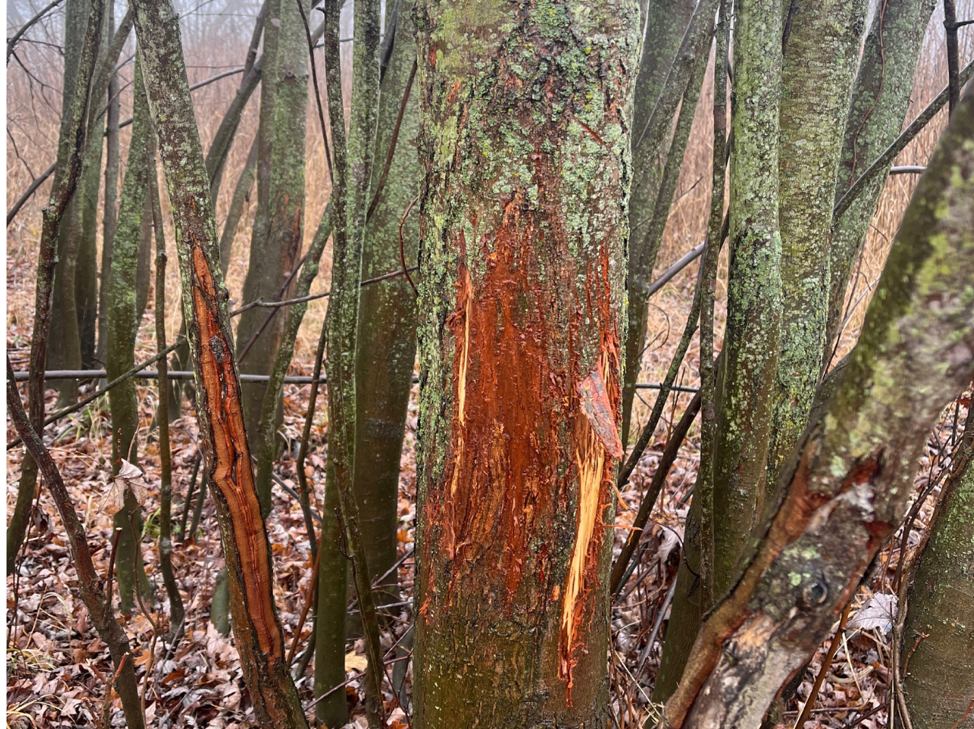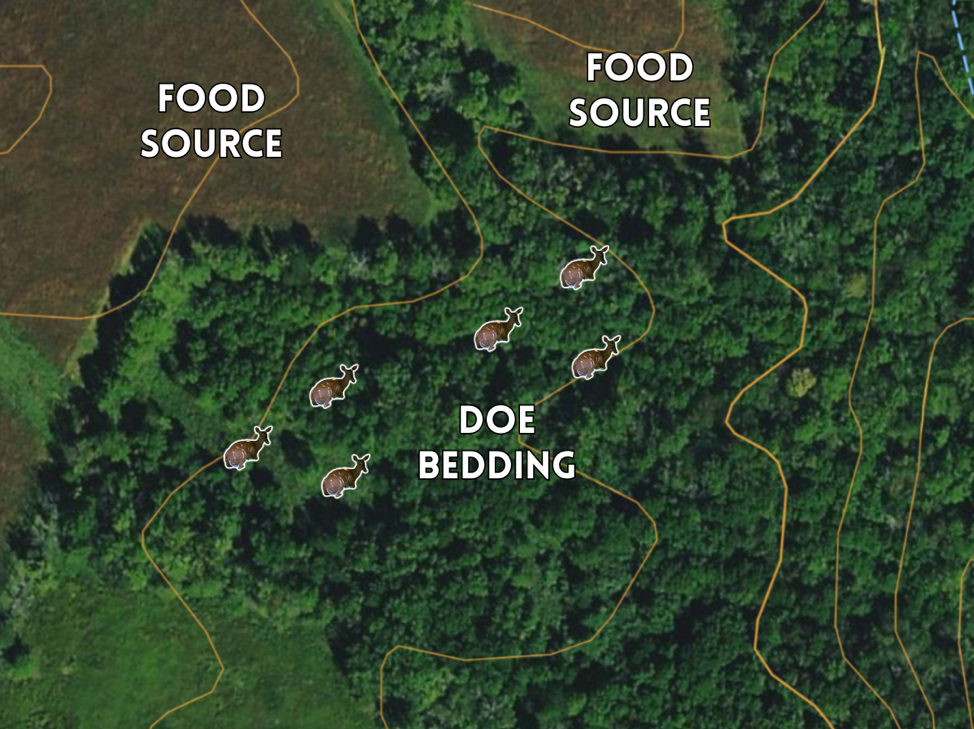Greg Kazmierski, Whitetail Partners
One of the most consistent observations made by seasoned whitetail hunters is the pivotal role that spring scouting plays in shaping the success of the next hunting season. As you navigate the demands of daily life, adopting a strategic approach as you start scouting will make your time in the field more impactful this coming fall.
Why Spring Scouting Is Important
Understanding the importance of spring scouting is crucial for maximizing your success in the upcoming deer hunting season. Here's why:
Consistency in Landscape
As green-up begins in early spring, the woods look and feel like they would during hunting season in the fall. Similar foliage levels provide a comparable viewpoint of your hunting area.
With this in mind, I like to spend some time logging miles with boots on the ground, getting a feel for the different terrain features and how they impact the way mature bucks will navigate the landscape come fall.
Taking a Deep Dive
Spring presents the perfect opportunity to explore every corner of your hunting property and leave no stone unturned.
This is typically the only time I enter a bedding area or a big buck sanctuary that is typically off-limits during deer season. The impact I make walking through the area will be forgotten come early archery season.

Analyzing Historical Data
Last but not least, spring is a great time to dissect information gathered from the previous fall. I am big on taking notes whether I am scouting or hunting and I typically come up with a lot of different questions from my observations while on stand in the fall.
Keeping a record of your hunts will allow you to get a better understanding of just what was going on during the fall months.
What to Look for When Spring Scouting?
While on a spring scouting mission, all of the different factors can seem overwhelming. Each scenario presents its unique blend of elements, making it challenging to pinpoint precisely what I am looking for. However, five fundamental elements consistently guide my spring scouting efforts:
Food Sources
Food sources vary throughout the year. When it comes to scouting for a food source I am only focusing on where I believe the deer will be feeding in the fall and not so much the most recent sign from their winter patterns.
My targeted food source will vary depending on where I am scouting and when I will be hunting the area. I always love to get a better idea of what type and how much woody browse is available as well as the location of the oak trees. Taking note of these will help me narrow down specific hunt areas based on fall production.
Doe Bedding Areas

I love finding a new doe bedding area while spring scouting. I always start my search for doe bedding areas in the first available cover adjacent to a primary food source.
A lot of times you can locate potential bedding areas from a bird's eye view while e-scouting. There are plenty of mapping apps available now that will help you identify these areas but one of my favorites is Google Earth Pro which allows me to filter through multiple satellite images with ease.
Buck Bedding
Beyond the food plots, oak trees, and doe bedding areas is where you can expect to start to find buck bedding. Big bucks seem to enjoy spending the majority of their time in isolation, so I will typically look for a buck bed in areas with a limited amount of overall deer activity.
While investigating a buck bed I am trying to fully understand all of the variables and conditions that go into the buck choosing this area to lay down. What is their vantage point and how does it relate to the wind? What direction are their exit routes headed and where might they lead? How close is the bed in proximity to the food or doe groups?
These types of questions filter through my head as I begin to visualize what types of conditions and what time of year a buck may use this as their bedding area.
Buck Sign

For me, buck sign plays a different role depending on what type of sign is around and where exactly the sign is located. Buck rubs and scrapes are two of the most common types of sign that I will analyze during a scouting trip.
With a majority of sign being made at night I first always try to determine whether I am dealing with sign that is likely being made during or beyond legal hunting hours. While both are important, I will use each differently.
Scrape lines found along the edge of an open field are almost always made at night. While these may not be great for a stand location, they can be a great place to hang a trail camera and collect inventory on what types of bucks are living in the area.
Rub lines entering/exiting a known buck bedroom can often tell a very different story. Something like this tells me I have located a primary travel route so I can skip the trail cameras and work on finding the right tree for a stand set up.
Travel Routes

Travel routes or travel corridors are the links that connect everything I have covered so far and are typically at the very top of my list when it comes to identifying the best stand locations.
For me, some of my favorite places to hunt are at the pinch points along these paths of travel. These pinch points are areas that condense the deer movement and increase the success rate of a hunt.
Piecing Things Together for the Upcoming Hunting Season
The journey from early spring scouting to the onset of new growth covering the forest floor is a period filled with valuable insights and preparations for the upcoming season. As the spring season comes to a close, I always take the time to gather my thoughts, assess what I have learned, and plan for the next phase of the year.
Summertime is mostly filled with running trail cams and long glassing sessions trying to make sense of how the deer are transitioning through the same areas I scouted boots on the ground all spring. This low-impact type of scouting allows me to continue to learn and further plan where my opportunities will present themselves come fall.



























